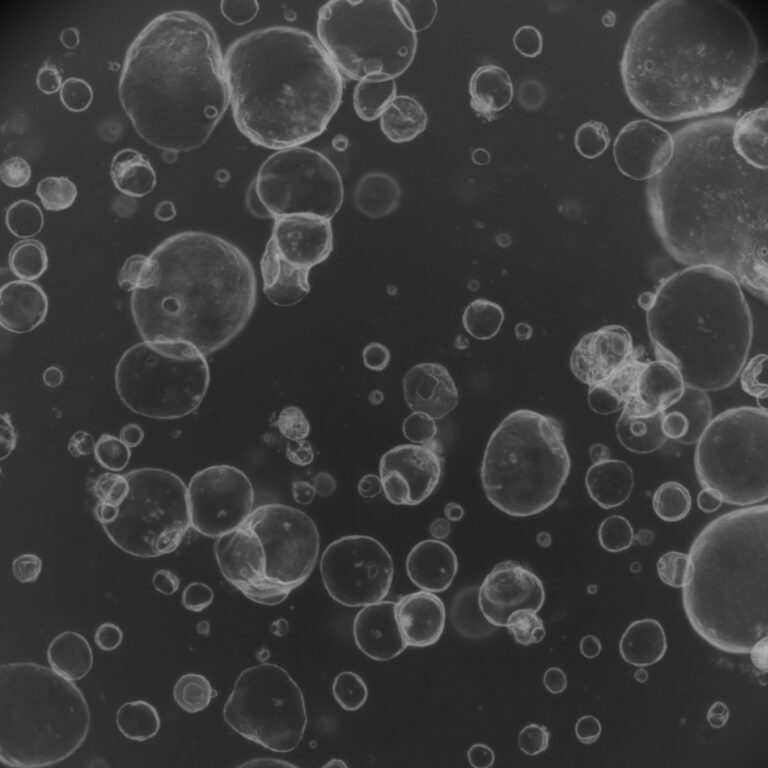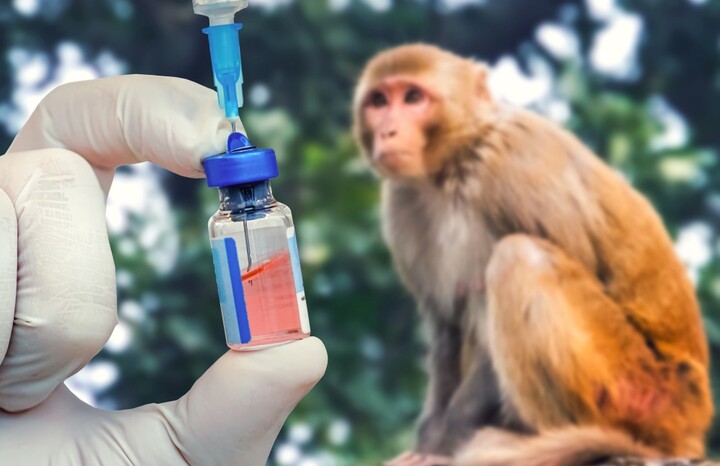It’s nearly impossible to go a day without benefitting from the suffering of animals. The ingredients in your toiletries and makeup; your medicine, vaccines, and implants; your cleaning supplies; the chemicals that helped grow your food — most of it was, at some point, tested on animals.
For centuries, the biological sciences have relied on animal testing. To figure out how a machine works, you need to disassemble it and check out its component parts. Understanding the living body, one of nature’s most complex and beautiful machines, is no different. Taking apart and fiddling with a toaster doesn’t hurt anyone, but dismantling a biological system certainly does.
Many scientists believe that experimenting on living animals is a necessary means of solving problems that affect both humans and animals. But these experiments often involve animals experiencing distress, whether from the side effects of an experimental drug, an intentionally inflicted illness, or simply their confined living situation. Some lucky lab animals get to spend their retirement in sanctuaries once they’re no longer needed. Most of the time, the animal dies, either as a direct consequence of the experiment or from euthanasia.
More often than not, animal research happens behind closed, locked, unmarked doors. That lack of transparency makes it difficult to know what to think about animal testing, and public opinion is tellingly divided. A 2018 Pew Research Center survey found that 47 percent of people in the US support the use of animals in scientific research, and 52 percent oppose it. Unlike climate change or reproductive health, where the parties are highly polarized, animal testing is one of few science-related policy issues where the attitudes of Republicans and Democrats are pretty similar: Both parties are split roughly 50-50.
Experimenting on animals places two seemingly good things — medical innovation and animal welfare — at odds. Even those who support animal research generally hold nuanced, conflicted beliefs about it, and questions about the nature and extent of animal testing are still hotly debated.
Brands frequently mislead consumers about animal testing involving their products with vague labeling, and alternative research methods aren’t as broadly applicable as some activist organizations imply. Meanwhile, research facilities often ban employees from sharing photos of lab animals without institutional approval and rarely let the media observe experiments for themselves.
After spending six years as a neuroscience PhD student working in a lab with monkeys, I left academia with the impression that animal testing is neither as well-managed or justified as regulators claim, nor as malicious as others fear. Government agencies are starting to direct funding toward finding alternatives to animal testing, but the use of animals is deeply embedded in biological sciences.





